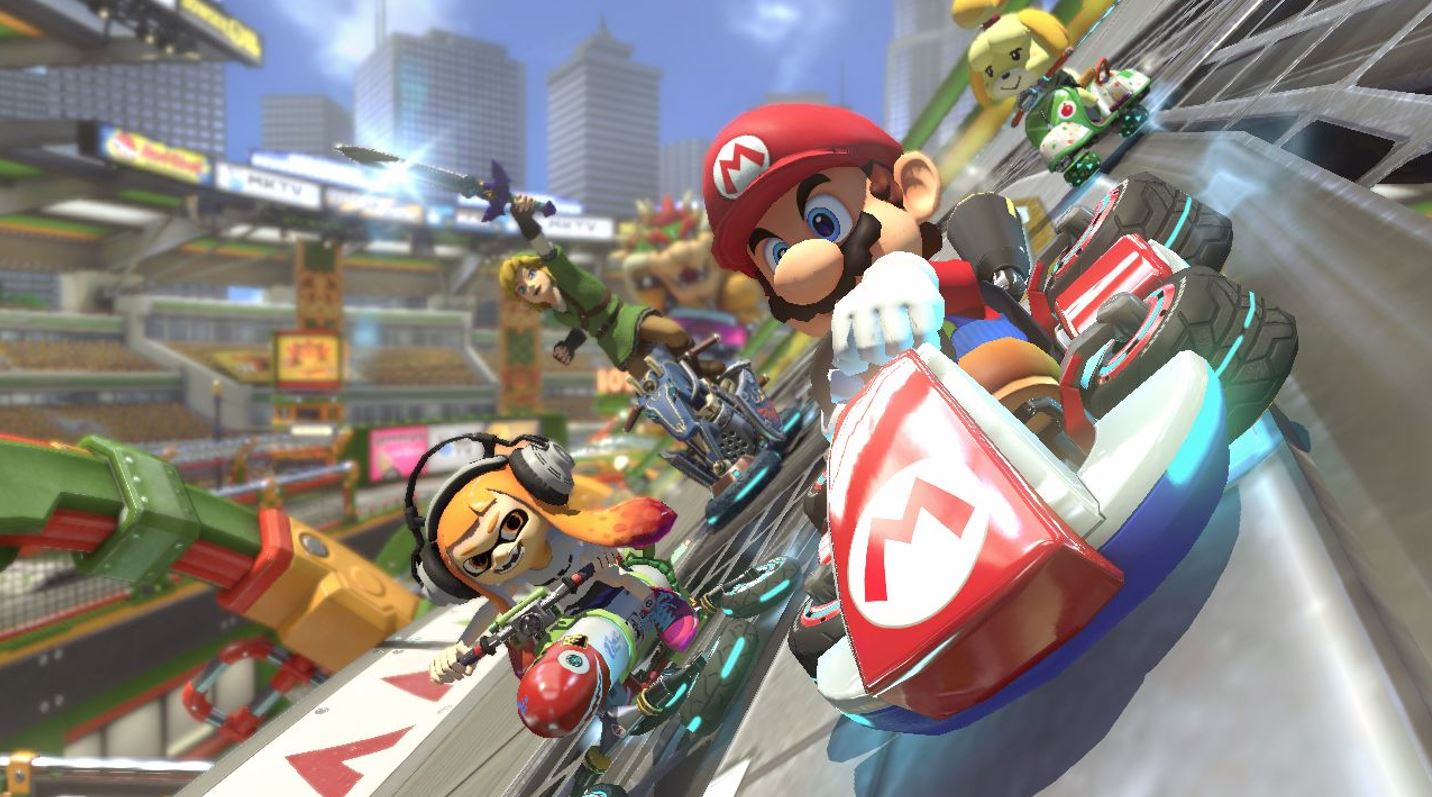Affiliate links on Android Authority may earn us a commission. Learn more.
Everything you need to know about Nintendo and its consoles
Published onNovember 21, 2021
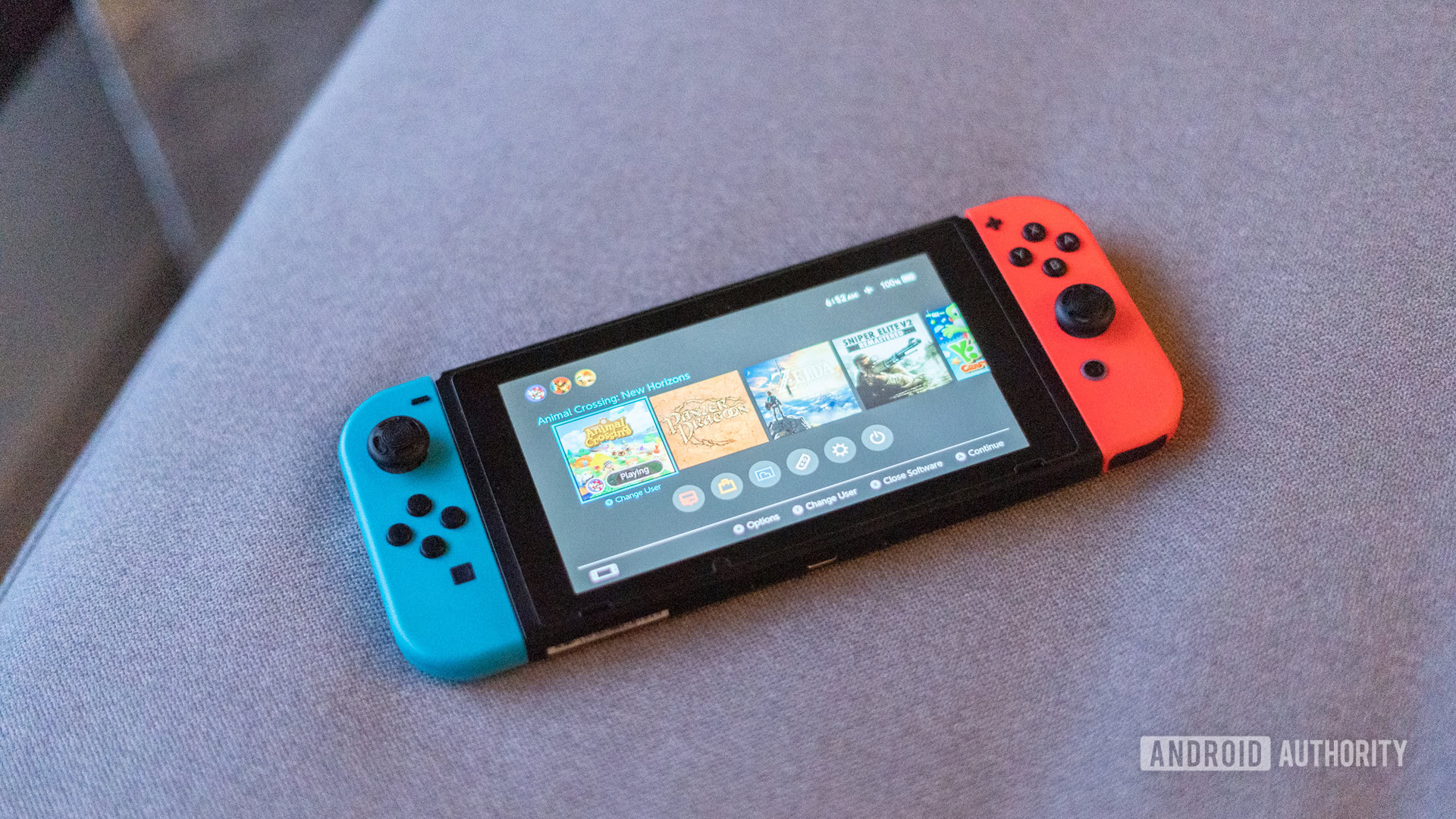
You’ve probably played Nintendo games or owned their consoles before, but how much do you actually know about the gaming colossus? Or maybe you’re new to gaming and just want to find out more about the key players. Either way, we’ve got you covered with everything from Nintendo console history to digital services and more.
Nintendo at a glance
Nintendo isn’t the only console manufacturer on the market, but it’s definitely been around the longest. First formed in 1889, the company created its first games in the 1970s before launching its first dedicated home console in 1983. Fast-forward to 2021 and the Nintendo Switch is a major sales sensation, reinforcing the company’s position in the market.
Unlike Sony and Microsoft though, Nintendo’s gaming business is its only real business, to begin with. So it doesn’t have the ability to fall back on businesses like TVs, computing, movies, and music when the going gets tough.
Nintendo consoles
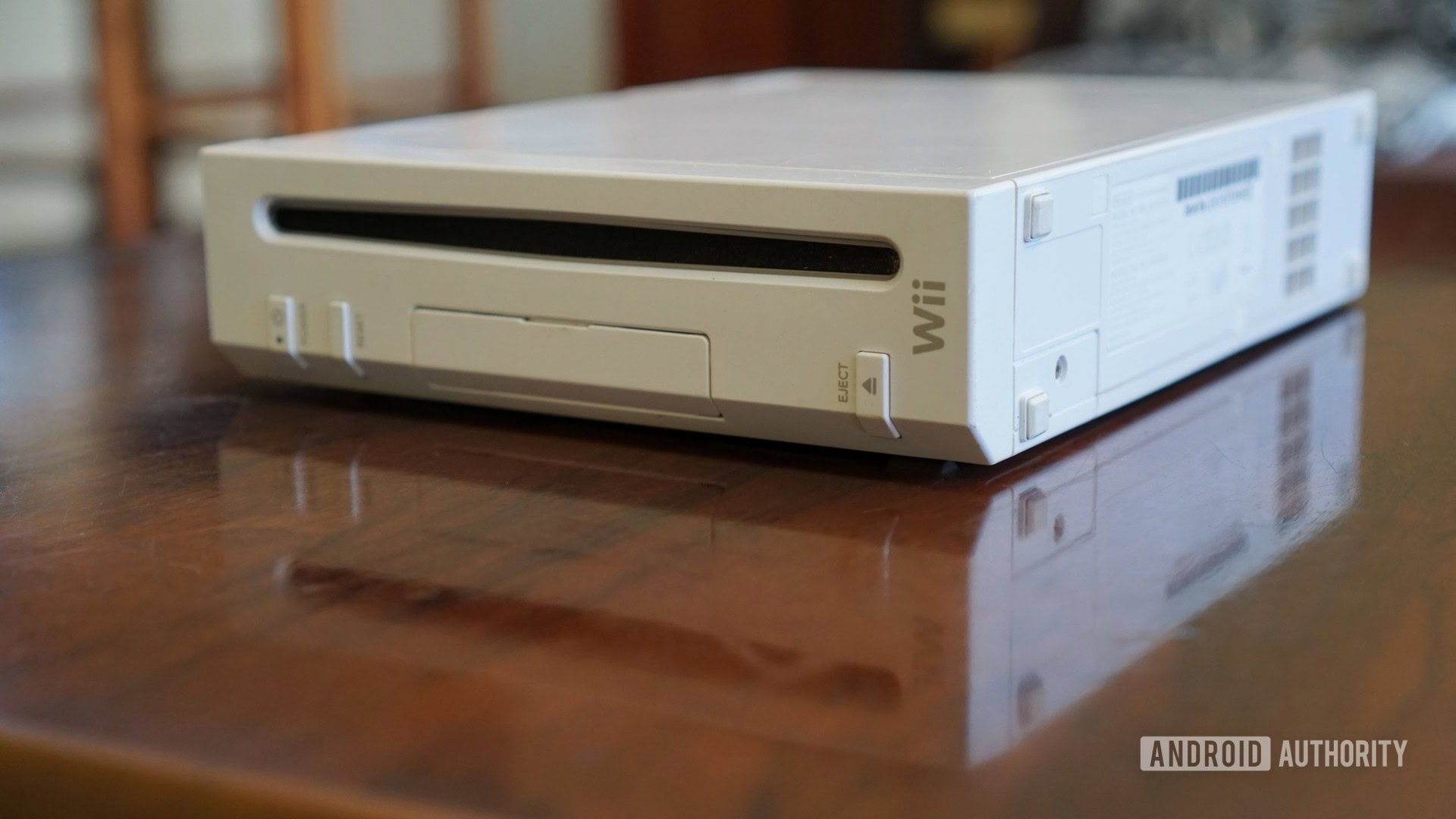
NES
The Nintendo Entertainment System (NES) was the company’s first proper home console, having previously launched arcade machines and the Game & Watch handheld. 1983’s NES delivered 2D visuals and support for up to 512 colors, with games coming on a cartridge.
Nintendo’s machine revived a console space that had been decimated by the videogame crash of 1983, owing to a relatively competitive price as well as quality games like Super Mario Bros, The Legend of Zelda, and Metroid.
SNES
Nintendo followed up with the NES by launching the Super NES (SNES) in 1990/1991. The new console delivered even more advanced 2D visuals, but also marked the first major foray into the 3D world thanks to Mode 7 effects. Later releases like Starfox also saw the inclusion of a dedicated chip on the cartridge to enable more modern polygonal 3D graphics, but performance and quality still had a long way to go.
The SNES also popularized controllers with shoulder buttons, giving gamers a pair of buttons right where their index fingers would be resting. This feature quickly became a fixture on all subsequent home consoles. Some of the more prominent SNES titles include Chrono Trigger, Super Mario World, Super Metroid, Super Mario Kart, and The Legend of Zelda: A Link To The Past.
Nintendo 64
1996’s Nintendo 64 was the first Nintendo console designed from the ground up for true 3D gaming. The console delivered powerful internals for the time (although it was hard for developers to master), while the N64 controller popularized the analog stick. These factors came together to deliver groundbreaking titles, with launch game Super Mario 64 being held up as a shining example of 2D franchises successfully making a transition to 3D.
The biggest downside to the N64 is that Nintendo insisted on using cartridges, resulting in blazing-fast loading times but significantly smaller game sizes compared to the PS1. The biggest N64 carts topped out at 64MB while the PS1 offered 700MB CDs. This meant that developers could pack plenty of game content and multimedia onto a CD compared to a cartridge. It’s no wonder then that the PS1 beat the N64 in terms of global sales.
Games like Super Smash Bros, The Legend of Zelda: Ocarina of Time, Perfect Dark, Goldeneye 007, and Mario Kart 64 were among the top reasons to buy a Nintendo 64.
GameCube
Nintendo’s successor to the N64 was the GameCube, coming in late 2001. And its design made for a breath of fresh air compared to the serious black boxes touted by Sony and Microsoft. The GameCube instead was a purple cube, featuring powerful hardware that was easy to work with, a carry handle on its back, and a disc-based format (albeit holding 1.4GB of data) for the first time in Nintendo’s home consoles.
The GameCube saw Nintendo slide further down the rankings, as the PS2 and even the original Xbox beat it at the sales tills. In any event, people who bought the Cube were treated to top-notch wares like Metroid Prime, The Legend of Zelda: Wind Waker, Mario Kart: Double Dash, Animal Crossing, and Super Smash Bros Melee.
Wii
Nintendo’s fortunes were revitalized in late 2006 when the company launched the Wii as a follow-up to the GameCube. The new console had a modest power boost over its predecessor, but the real game-changer was the TV remote-style controller that offered motion gestures.
This simple input method meant you could swing the controller to swing a baseball bat, point the controller at a specific area on the screen to aim an in-game weapon, or conduct a bowling motion to get a strike in ten-pin bowling.
This premise meant that the Wii was the most popular console of its generation, out-selling the Xbox 360 and PlayStation 3. The Wii’s initial performance was no doubt helped by the inclusion of Wii Sports as a pack-in title, and this combo even gained popularity in some old-age homes. We also got gems like the Super Mario Galaxy games, Xenoblade Chronicles, Metroid Prime 3, and Kirby’s Epic Yarn.
Wii U
Odd name aside, 2012’s Wii U delivered an interesting concept, featuring a gamepad with a tablet-sized screen as well as supporting Wii remotes. This allowed for asynchronous gameplay, such as the remote-toting players using the TV to search for the gamepad-toting user (who was using the controller’s built-in screen). You could also use the gamepad’s small screen to play full-fledged games in case the TV was being used.
Unfortunately for Nintendo, the combo of a weird, unpolished controller (it had poor battery life and a resistive touchscreen) and underpowered internals resulted in the Wii U being the firm’s least successful home console since the Virtual Boy. It nevertheless hosted some quality games and arguably remains the best place to legally play retro games owing to backward compatibility with Wii games and the expansive Virtual Console digital service.
Switch
The Wii U may have been a commercial failure, but Nintendo undoubtedly took inspiration from it for 2017’s Switch. The earlier console let you play games away from the TV screen thanks to a gamepad with its own display and local wireless connectivity to the console itself. But the company went one better and made the Switch a hybrid console, being a proper handheld machine that could be docked to a TV for big-screen play.
This was a winning combination for Nintendo, as the Switch became its most popular home console. It must be said that this machine isn’t nearly as powerful as rival consoles, but that hasn’t stopped developers from crafting some technologically advanced games and ports.
Dedicated handhelds
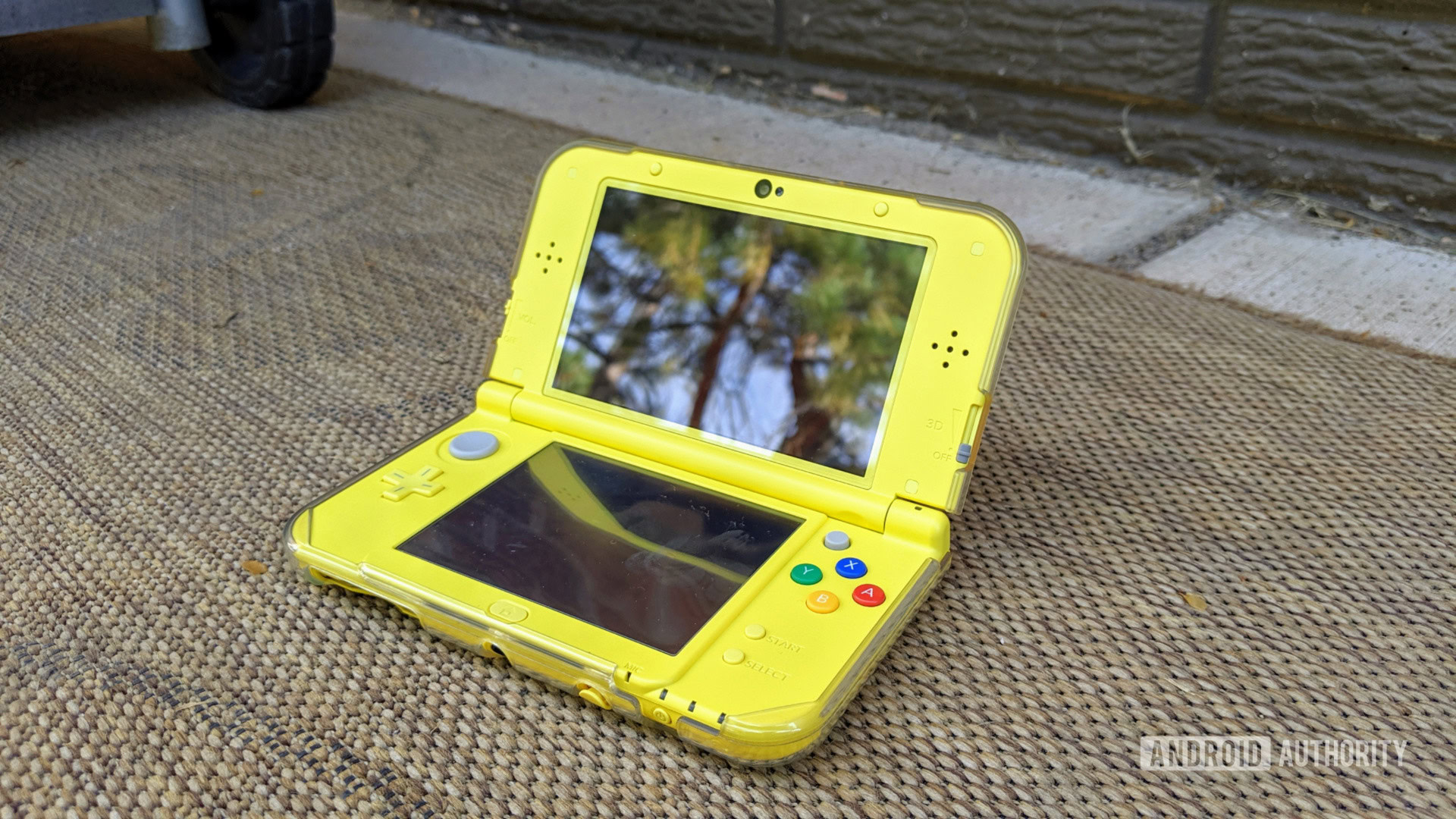
Game Boy
The Game Boy originally arrived with a monochrome green display, but it also brought a cartridge slot to the table so you could swap out games much like the NES. This was in stark contrast to Nintendo’s actual first gaming handheld, the Game & Watch, which only came with one game that couldn’t be swapped out.
Nintendo’s brick-like handheld delivered an 8-bit processor and was powered by four AA batteries, with this combo resulting in roughly 15 to 30 hours of battery life. The Sega Game Gear and Atari Lynx, which were both rival devices at the time, generally lasted for about five to six hours maximum.
Nintendo would go on to release the Game Boy Pocket and Game Boy Light, with the former delivering a smaller form factor and the latter adding screen lighting. The firm would then release the Game Boy Color in 1998, bringing color to the Game Boy range for the first time. Some games were made exclusively with the Game Boy Color in mind though.
Game Boy Advance
How do you top the Game Boy and Game Boy Color? Nintendo’s thinking was to essentially make a handheld that was more than a match for the SNES. That meant a 32-bit CPU, support for 32,768 colors, and the addition of L and R shoulder buttons. In fact, the GBA was powerful enough to run a variety of SNES ports and even a host of 3D games like Duke Nukem 3D, Doom, and more.
One particularly smart feature was backward compatibility with Game Boy and Game Boy Color games, so consumers could still play their old library of titles after upgrading to the new machine. Toss in roughly 15 hours of juice via two AA batteries and you had a really solid machine that destroyed all comers at the time.
Nintendo DS
The follow-up to the GBA saw Nintendo rip up conventions and decide that two screens were better than one. That was the premise of 2004’s Nintendo DS, featuring a clamshell design with a traditional display up top and a resistive touch-screen at the bottom. Nintendo also added extras like a stylus (complete with stylus slot), a microphone, and a second cartridge slot for backwards compatible GBA games.
This all made for a very quirky design, and the console wasn’t a runaway hit at first. But games like Brain Training, Nintendogs, Animal Crossing: Wild World, and more resulted in the console capturing a vast casual gamer market and becoming a massive sales success. Nintendo would go on to offer a variety of variants, such as the DS Lite and DSi range.
Nintendo 3DS
2011’s 3DS saw the company pick up where the DS left off, with the new console having a similar clamshell design featuring one screen up top and a touchscreen below. This also enabled backwards compatibility with legacy DS games.
But the big trick with this new handheld was glasses-free 3D visuals, giving you a cool sense of immersion and offering a slider switch so you could adjust the strength of the effect. The handheld had a respectable level of power too, even seeing ports like Metal Gear Solid 3: Snake Eater, The Legend of Zelda: Ocarina Of Time 3D, and Luigi’s Mansion.
Nintendo later offered variants like the New Nintendo 3DS range (featuring more power and an integrated right control pad), as well as the 2DS. The latter device dropped the 3D functionality and abandoned the clamshell form factor, but offered a significantly cheaper price tag.
Nintendo services
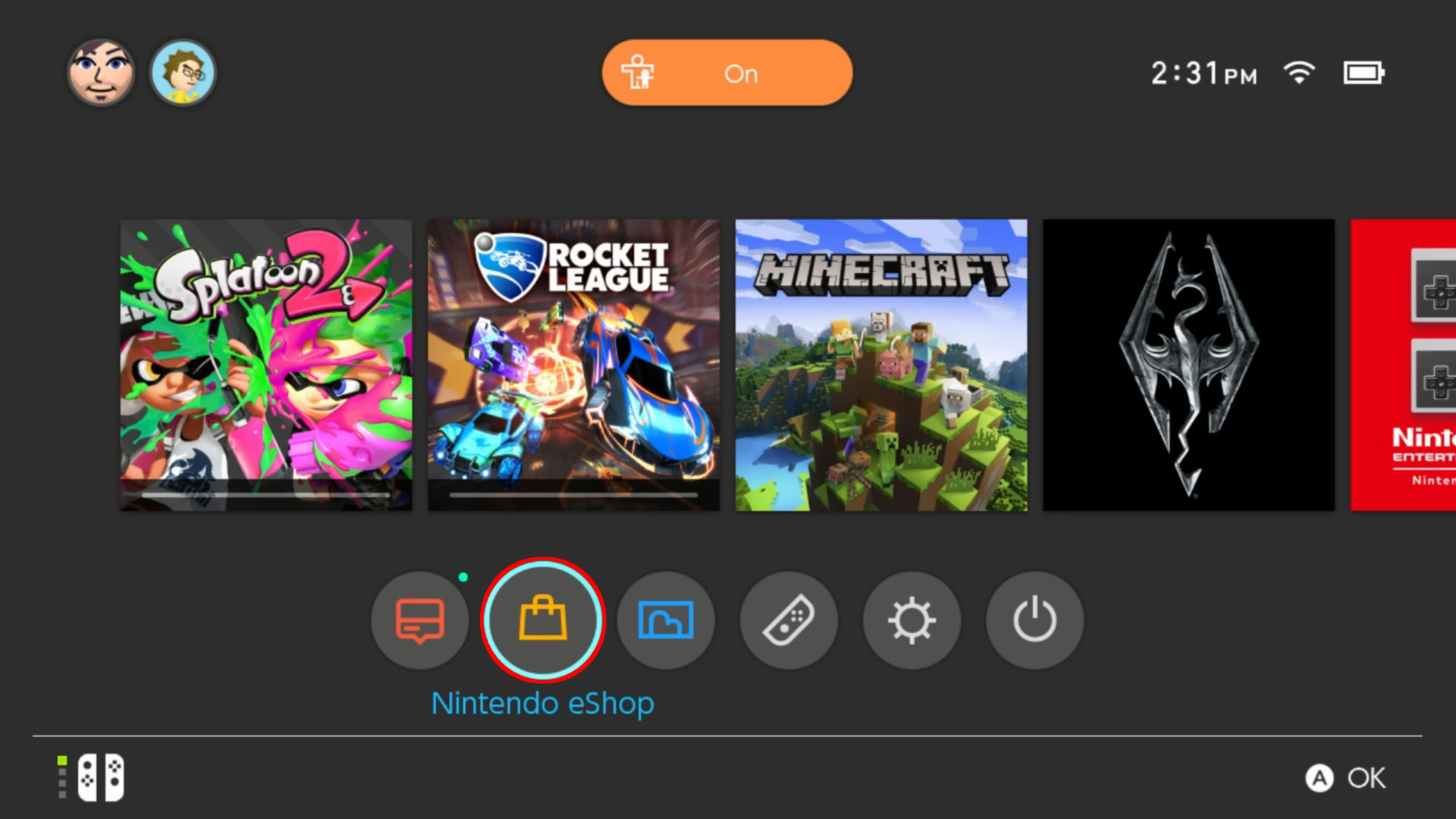
The Kyoto company offers the eShop on its recent consoles, and this is simply an online storefront to buy digital versions of games and add-ons, download demos, and get a few apps.
Nintendo also offers the subscription-based Switch Online service on its latest home console. This enables online multiplayer functionality and grants subscribers access to a variety of mostly retro video games (namely NES, SNES, N64, and Sega Mega Drive).
Truth be told, the company’s current online services aren’t quite as full-featured as its rivals. For example, Microsoft offers a Game Pass subscription service for a ton of games each month. Nintendo’s closest equivalent is the Switch Online service, but that’s mainly limited to retro games. Both Sony and Microsoft also offer cloud gaming in some regions and give subscribers a couple of free games each month — Nintendo doesn’t offer these perks.
Nintendo controllers
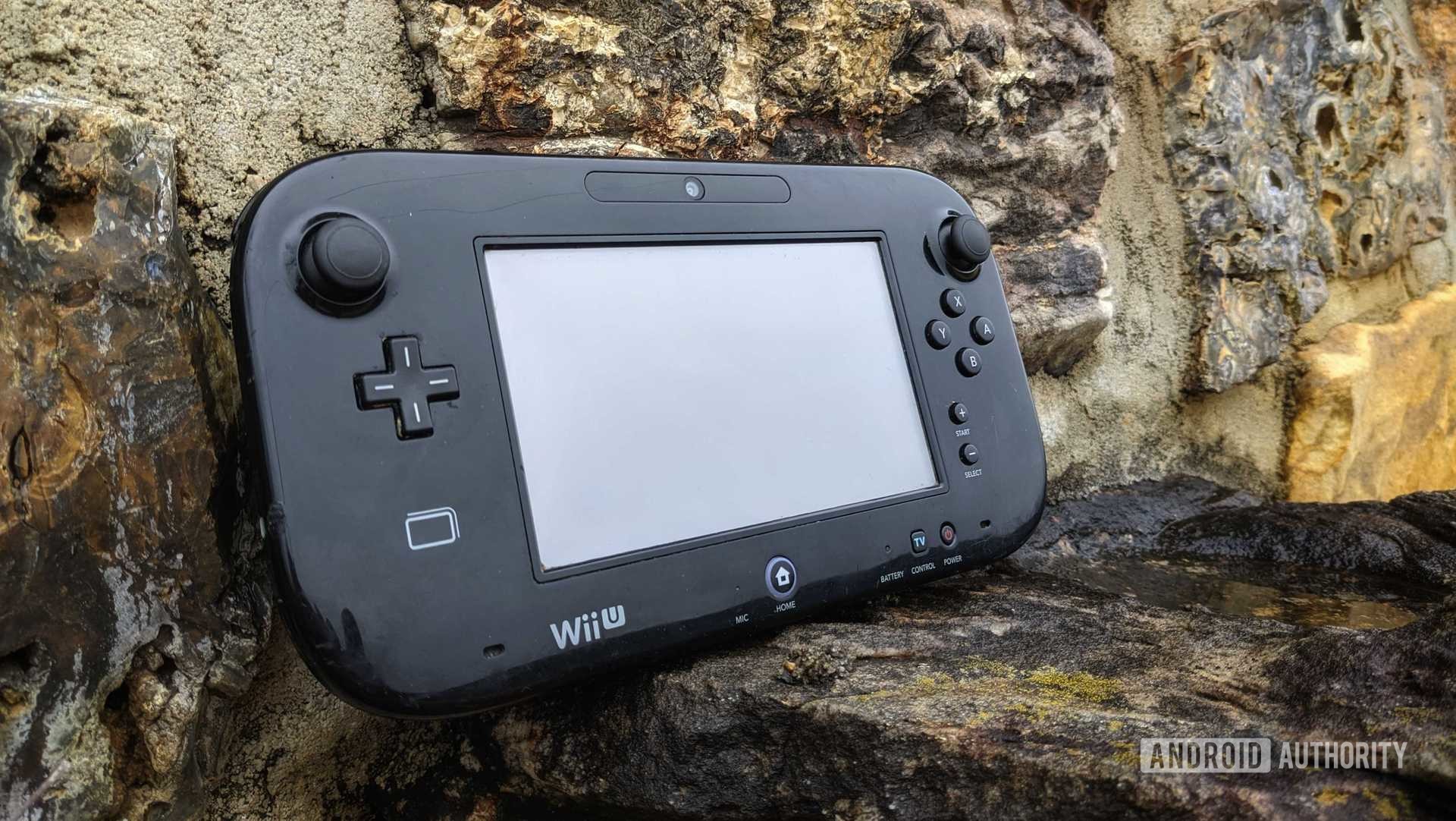
Unlike Sony and its PlayStations, Nintendo has generally steered clear of using the same basic controller design for most of its consoles. Instead, with a few exceptions, we’ve seen new gamepad designs for each generation.
The NES controller back in the 1980s introduced the D-pad for the first time, while also featuring Start and Select buttons and two face buttons. Nintendo would build on this with the SNES controller, bringing four face buttons in total as well as a pair of shoulder buttons. This gamepad also delivered a more rounded design as opposed to the NES controller’s sharp corners.
More reading: The best Bluetooth controllers for Android, PC, and more
The N64 era heralded a major redesign as Nintendo opted for a three-handled gamepad (as opposed to the PlayStation’s two-handled approach). You got six face buttons, the start button, a D-pad, and a pair of shoulder buttons as usual. But the middle handle also played host to an analog stick, as well as a Z-trigger button underneath it. This wasn’t the first time we saw an analog stick on a console, but Nintendo definitely popularized the feature. And it would become key for many 3D titles.
Nintendo’s GameCube controller was a major departure from the N64 gamepad, as the company opted for a traditional two-handled design. The console’s gamepad offered a D-pad, start button, two analog sticks, a pair of pressure-sensitive shoulder triggers, a Z-button above the R shoulder trigger, and four face buttons. The face buttons were also arranged and designed in a rather interesting way, with a huge A button being surrounded by a smaller, circular B button, and a pair of small, kidney-shaped X and Y keys.
2006’s Wii represents perhaps the most radical controller ever created in the industry. The controller was essentially just a TV remote, featuring a D-pad, plus and minus keys in place of start and select, a giant A button, and a B trigger on the underside. But the unique feature here was motion control, thanks to a built-in gyroscope. Nintendo also offered a so-called Nunchuk controller that could be attached to the remote via a cable, offering an analog stick and two shoulder keys for more traditional games. The firm would go on to sell a more traditional Pro controller as well.
Nintendo hasn't been shy about coming up with some crazy controller designs.
What would the controller for the Wii’s successor look like? Well, the Wii U would bring a huge controller that had a tablet-sized touchscreen on it (seen above). This allowed users to either get a different perspective in games or play titles on the smaller screen entirely if the TV was in use. The rest of the Wii U controller was pretty traditional, featuring two analog sticks, four shoulder triggers, four face buttons. The gamepad did however feature a selfie camera.
Nintendo’s Switch also has some radically different controller designs, as it offers two so-called Joycon controllers. These controllers enable handheld gaming when they are attached to the Switch. But slide them off and they can be used separately, such as for local multiplayer. Each controller has two shoulder triggers, an analog stick, and two more hidden shoulder buttons that are only visible when the controllers are detached from the Switch itself. These controllers still maintain motion functionality and also offer so-called HD Rumble for better vibration.
What about Nintendo accessories?
The house of Mario has sold numerous accessories for its consoles over the years. The NES got a lightgun, Robotic Operating Buddy toy, a modem, and multi-tap. But perhaps the most notable add-on was the Famicom Disk System for Japan, which was an add-on that offered disk-based games. These disks were rewritable and consumers could buy games via vending machines with their old disks.
SNES owners had quite a few accessories too, depending on their region. This included a mouse, light gun, and the Satellaview satellite modem for downloading new games and content. One noteworthy accessory was the Super Game Boy, which allowed users to play their Game Boy games via the home console.
The Nintendo 64 also had its share of accessories released throughout its lifespan, including quite a few being quirky and/or technologically interesting. Prominent accessories in this regard include the Expansion Pak (giving 4MB of extra RAM for sharper visuals or better performance), the Rumble Pak to enable controller vibration, and a microphone for voice commands in Hey You Pikachu. This console also received a Japan-only add-on dubbed the Nintendo 64DD, using proprietary rewritable disks and offering online functionality.
More reading: Nintendo console history — Every major console from NES to Switch
The GameCube and Wii hosted some accessories too. In the case of the former, we got a broadband adapter for online play, the Game Boy Player to play GBA games on the TV, bongo drums for rhythm games, and the Wavebird wireless controller. When it comes to the Wii, we got accessories like a more traditional Classic controller, a balance board for fitness games, and a steering wheel frame.
Nintendo’s Wii U didn’t see many accessories, but it did gain a well-received Pro controller, a microphone, GameCube controller adapter, and re-released GameCube controller. Meanwhile, the Switch has received loads of peripherals like a steering wheel frame, a fitness ring for Ring Fit Adventure, a Pro controller, Nintendo Labo toy kits made out of cardboard, and radio-controlled cars for Mario Kart.
First-party Nintendo games and studios
Nintendo has quite a few development divisions and teams under its belt, along with loads of notable first-party games. Check out the noteworthy studios and recent games below, although the company does tend to shuffle properties around its various studios.
- 1-Up Studio (Mother 3, Sword of Mana)
- Entertainment Planning and Development (The Legend of Zelda: Breath of the Wild, Animal Crossing: New Horizons, Splatoon 2)
- Nintendo Software Technology (Mario vs Donkey Kong, Wave Race: Blue Storm)
- Monolith Soft (Xenoblade Chronicles series, Project X Zone)
- NDCube (Clubhouse Games, Super Mario Party)
- Next Level Games (Luigi’s Mansion 3, Luigi’s Mansion: Dark Moon, Super Mario Strikers)
- Retro Studios (Metroid Prime series, Donkey Kong Country: Tropical Freeze)
Generally speaking, Nintendo’s key franchises are Mario (including platforming, RPGs, and various sports games), Donkey Kong, Mario Kart, The Legend of Zelda, Metroid, Pokemon, Super Smash Bros, Animal Crossing, Splatoon, and Xenoblade. But it has loads more franchises under its belt as well.
What makes Nintendo unique?
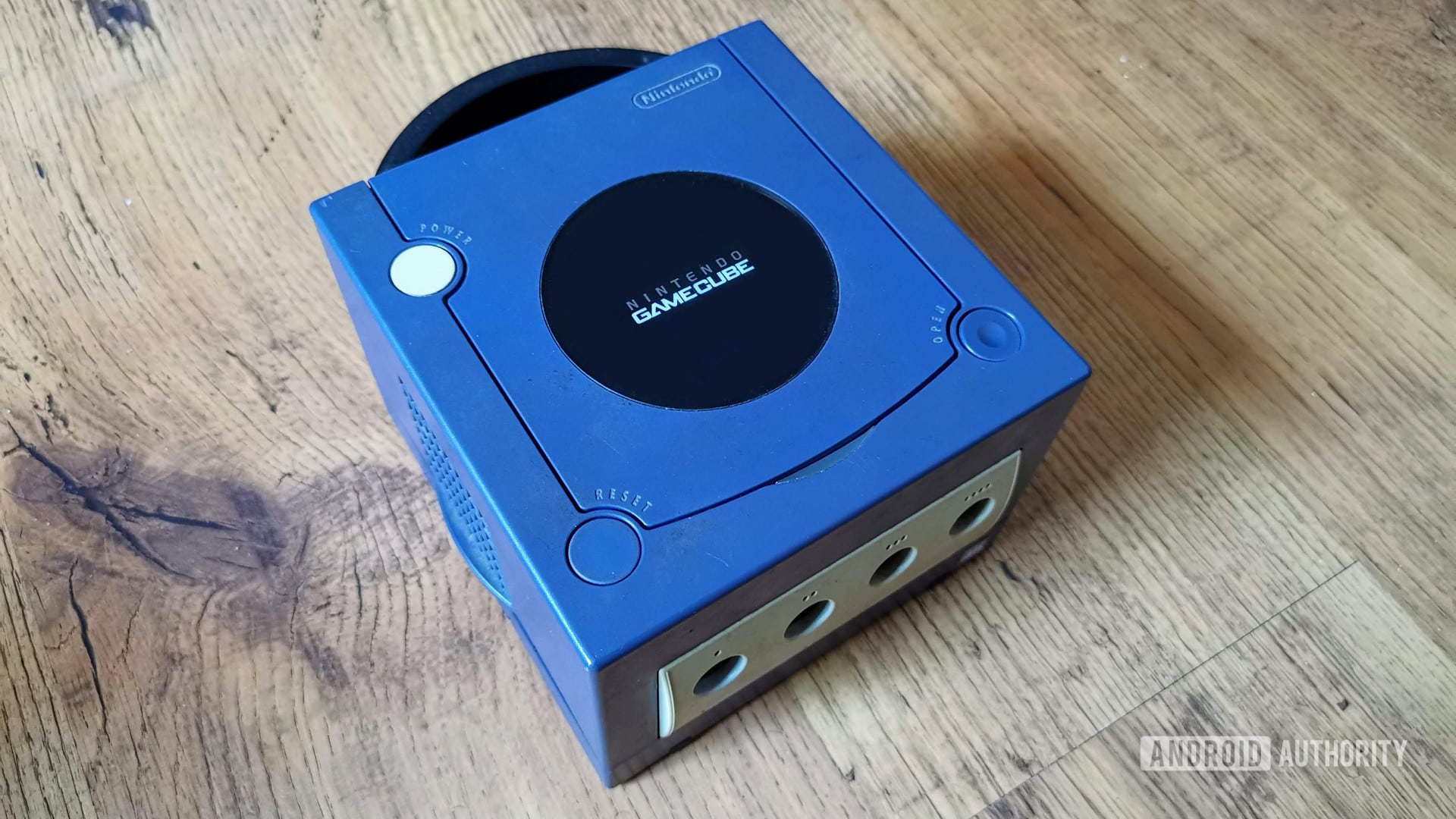
Unquestionably the biggest reason to get a Nintendo console is the first-party gaming library. The company has long delivered a steady stream of high-quality titles for its various consoles, especially when some machines lacked third-party support (e.g. GameCube, Wii U).
Between the Mario platforming games, Legend of Zelda, Metroid, the Splatoon series, the various Mario sports titles, and Animal Crossing, the company has a highly-rated portfolio of games. Nintendo has traditionally steered clear of mature-rated titles, creating the perception that its games are for kids. But you could easily argue that the company is making games for everyone instead — a subtle but important distinction.
Nintendo stands out from other console makers thanks to its decades-long tradition of quality first-party games and innovation.
It’s also worth noting that these games aren’t just console exclusives, but don’t appear on PCs at all. Meanwhile, Microsoft and Sony have both ported their respective exclusives to PC to some extent. So buying a Nintendo console is the only official way to experience these titles.
The one downside to Nintendo’s portfolio is the aforementioned approach of generally shying away from gritty, mature-rated content. This isn’t always the case, but those looking for exclusives like God of War, Halo, Gears of War, or The Last of Us will need to look at Sony and Microsoft machines. In saying so, there are plenty of third-party games on Nintendo machines that are mature-rated.
Another reason why the company stands out from its rivals is that it has a long history of trying new things in the space. Features like the D-pad, analog stick, motion controllers, and a secondary screen for gameplay were all innovated or popularized by Nintendo. This innovation has occasionally come at the expense of horsepower, as the firm let its rivals duke it out in that regard instead.
Notable competitors
The Kyoto company has had several major rivals over the years, spanning both home and handheld console arenas. Some of these rivals are no longer in business, but there are still a couple of active contenders worth knowing.
Sony
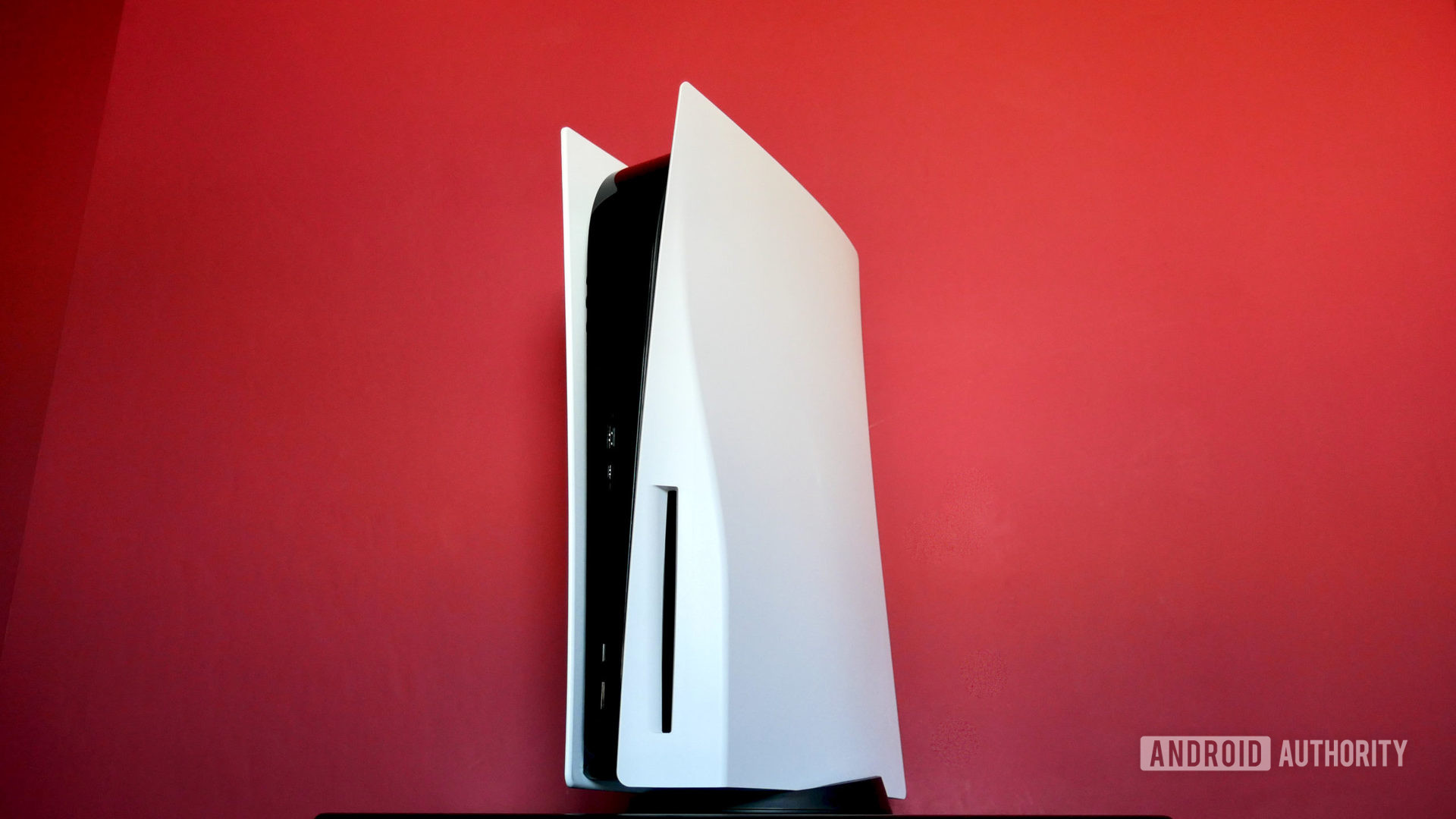
You could definitely argue that Sony is Nintendo’s arch-rival in the last three decades. The rivalry was actually born out of a scuppered partnership between the two in the early 1990s. Nintendo and Sony were working on a CD-based add-on for the SNES, but contractual disputes between the two companies meant that Nintendo halted the tie-up at the last minute.
Rather than let all its development work go to waste, Sony kept working on a CD-based console. This became the PlayStation, launching in 1994 in Japan and 1995 in the US. The original console would beat the Nintendo 64 in terms of global sales, while 2000’s PlayStation 2 would absolutely obliterate the competition (Nintendo’s GameCube included).
More reading: Everything you need to know about PlayStation consoles
Nintendo would get one over Sony with 2006’s Wii, which enjoyed massive sales over the pricey PlayStation 3. The pendulum would swing in the other direction in the early to mid-2010s, as the PS4 proved to be a smash hit and the rival Wii U console floundered.
Fortunately, the Kyoto company struck gold with the Switch in 2017. The handheld hybrid is on course to beat the PS4’s sales, although it might be a little too soon to figure out if the PS5 can duke out with the hybrid machine.
Sony was also a Nintendo rival in the handheld segment, albeit only with 2004’s PlayStation Portable and 2011’s PlayStation Vita. The PSP went up against the Nintendo DS, and while it didn’t beat the dual-screen console, it definitely racked up huge sales. Meanwhile, the Vita went toe-to-toe against the 3DS, but it was soundly beaten by the Nintendo machine. Sony hasn’t offered a handheld console since then.
Microsoft
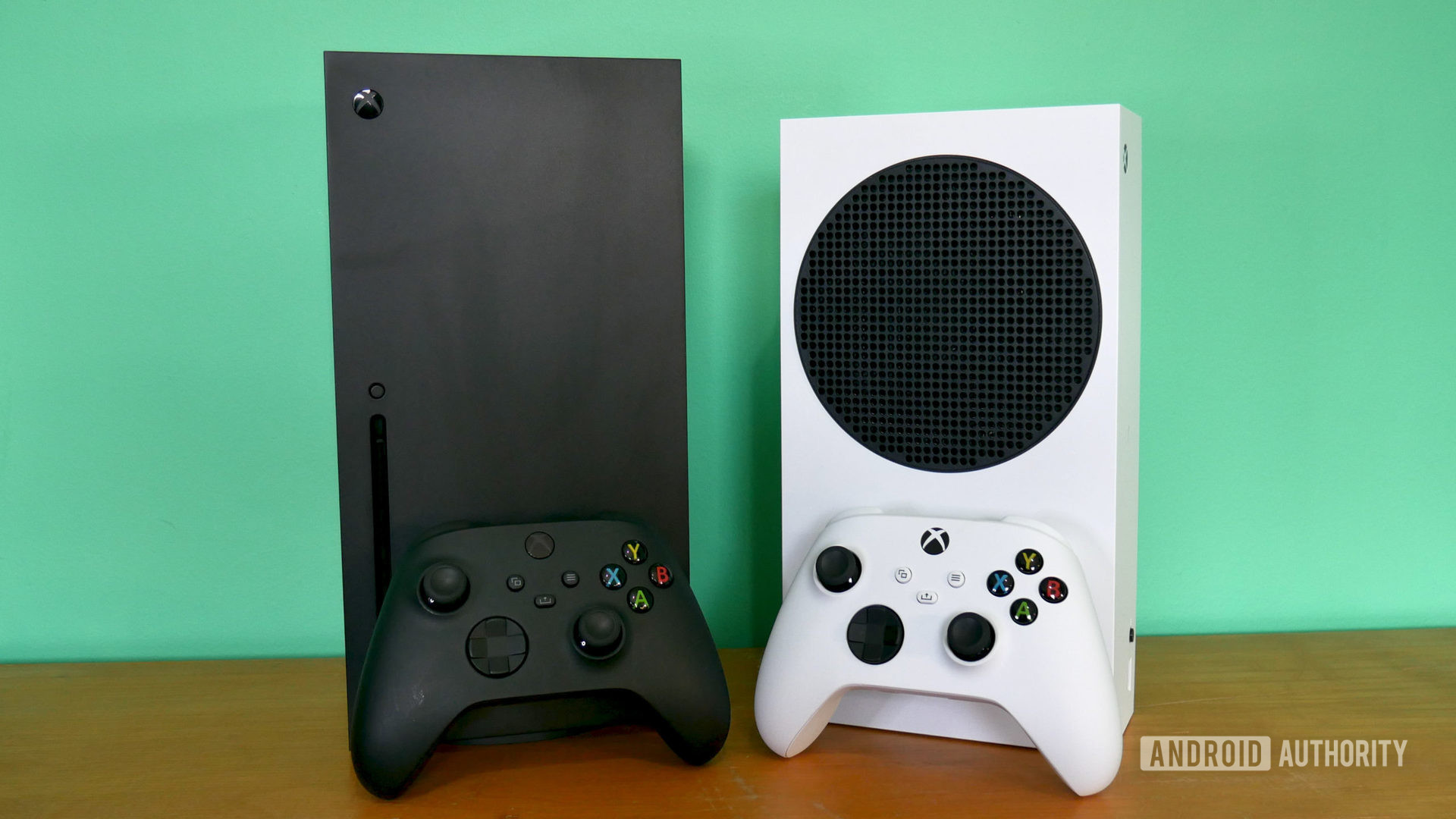
The house of Windows was a late entrant to the console wars, joining with the original Xbox back in 2001. The company’s first effort pioneered several features that are now commonplace in the console gaming space, such as an integrated broadband adapter and hard drive.
Unbelievably, Microsoft’s first home console actually out-sold the GameCube, although it was a distant second to the all-conquering PlayStation 2. Nevertheless, this showed that the Xbox name was here to stay and that Nintendo couldn’t rest on its laurels.
Related coverage: A guide to Microsoft’s Xbox consoles over the years
Nintendo would strike back with 2006’s Wii, beating the Xbox 360 at the sales tills. But the battle would go in Microsoft’s favor when the Xbox One launched in 2013, as the rival Wii U console floundered out of the gate and was left in the Redmond company’s dust.
2017’s Switch has proven to be a mega-hit for Nintendo, and it’s already beaten the Xbox One’s sales tally by a wide margin. It’s too early to tell whether the Xbox Series consoles will deliver major sales of their own though.
Other rivals over the years
Sega was Nintendo’s earliest rival in many ways, while also being one of its most important foes. The NES and SNES went up against the Sega Master System and Mega Drive respectively.
Sega’s Master System was trounced by the NES in the 1980s, but the company would fight back with the popular Mega Drive in the early 1990s. The machine stood out by virtue of Sega marketing it as a “cool” console, thanks to titles like Sonic The Hedgehog, Golden Axe, Streets of Rage, and more. The Mega Drive also saw fewer cases of censorship, such as Mortal Kombat featuring red blood on the console (this option was missing on the SNES).
The Mega Drive would prove to be the apex of Sega’s hardware success, as the Sega Saturn was handily beaten by the Nintendo 64 and PlayStation in the mid to late 1990s. Sega’s Dreamcast was released in 1998/1999, bringing interesting features like online play and VMU memory cards. Unfortunately, this was the company’s last console as Sony, Nintendo, and Microsoft’s newer machines killed Sega’s console business.
Nintendo also had a few rivals in the handheld space. Aside from Sony, the company’s portable machines saw competitors like the Sega Nomad, Sega Game Gear, Atari Lynx, Bandai WonderSwan, Neo Geo Pocket/Pocket Color series, and Game Park devices. None of these handhelds managed to actually beat Nintendo’s machines across a generation.
Best moments in Nintendo history
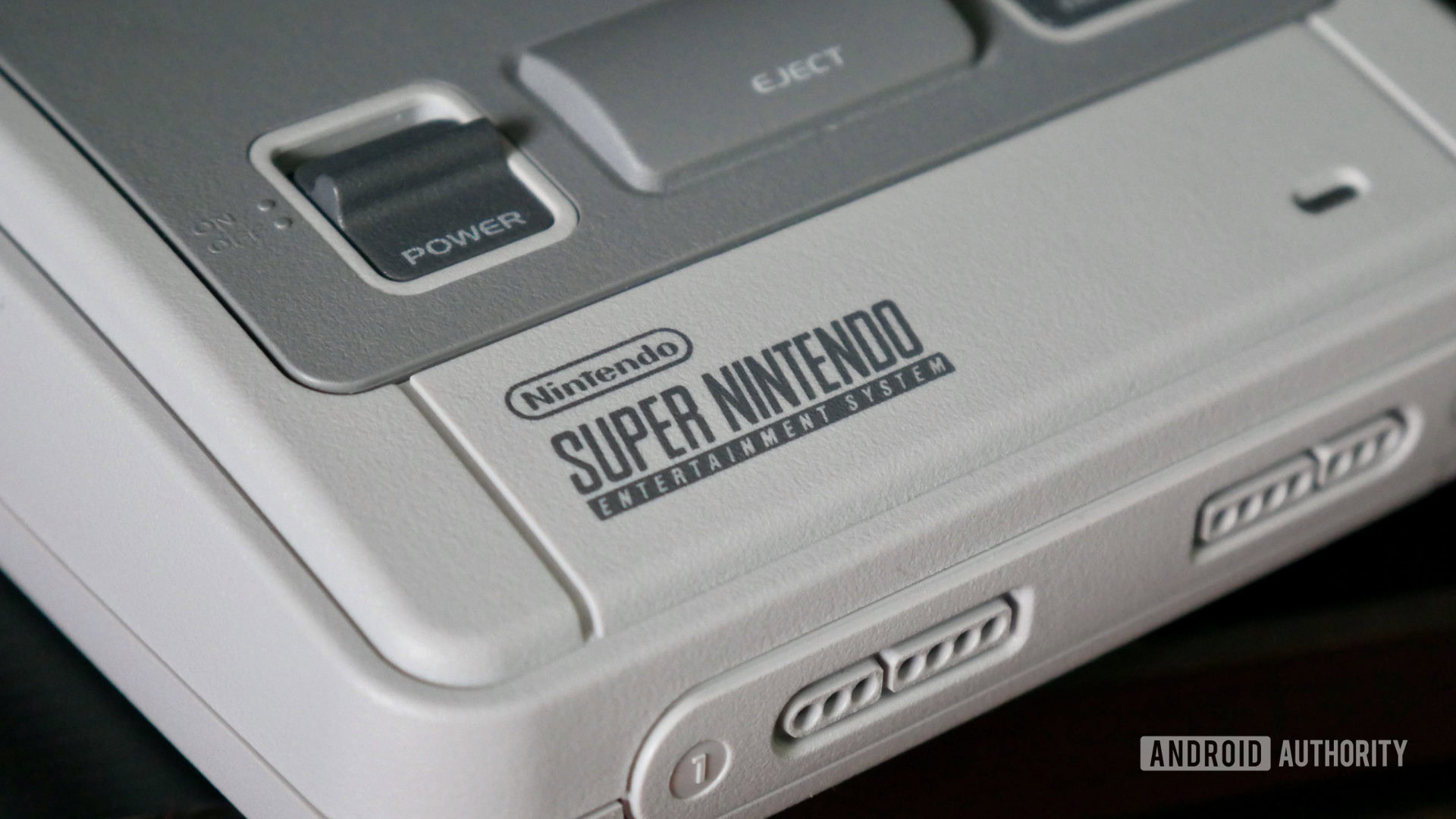
The NES revives the industry
How many companies can say they’re responsible for revitalizing an entire industry? Nintendo is one of them, as the NES was launched just after the great video game crash of 1983. The crash was caused by a flood of low-quality games and a ton of consoles, resulting in the industry almost destroying itself.
But the release of the NES in the early to mid-1980s rejuvenated the industry in a massive way, owing to competitive pricing and a slew of high-quality games. It’s tough to argue that the years that followed would be as fruitful for the industry if the NES weren’t released.
Pokemon runs rampant
The Pokemon franchise is a multimedia juggernaut over two decades after its inception, spanning movies, games, TV shows, merchandise, and more. But it all began with games on the Game Boy back in 1996.
Pokemon Red and Blue kicked off Pokemon madness upon its launch, quickly resulting in an anime series that spread to far corners of the globe. As someone who grew up around this time period, it wasn’t uncommon for kids to only be aware of the anime series and have no idea that it was based on games (perhaps illustrating the cross-over appeal).
It might be a testament to the franchise’s staying power that we’ve seen a commercially successful live-action movie in 2019 (Detective Pikachu) just over 20 years after the first full-length movie.
Nintendo DS beats Sony PSP
Nintendo’s home console business was a disappointment in the early 2000s due to the flagging performance of the GameCube relative to the PS2. But one bright spot was its long-running handheld division, with the Game Boy Advance line proving to be extremely popular.
Then Sony announced and launched its first handheld, the PlayStation Portable, in 2004. It’s easy to forget right now, but there was a real feeling from many observers that Sony would beat Nintendo if it ever got into the handheld space.
The PSP indeed sold very well, but there’s no denying that the DS was more popular. According to VGChartz, the DS sold over 150 million units compared to the PSP’s 81 million. Nintendo would maintain this momentum with the 3DS, which absolutely obliterated the Vita and resulted in Sony leaving the handheld business.
Nintendo Wii destroys everything
It’s not exactly one moment, but the Wii’s massive success was a huge story from 2007 onwards. The console was hard to get at its November 2006 launch and this continued to be the case for months down the line. In fact, the machine wound up selling just over 100 million units, ahead of the PS3 and Xbox 360.
The Wii’s success was all the more satisfying due to the fact that the previous console (GameCube) had sold so poorly while the N64 also played second-fiddle to the PS1. So it represented Nintendo returning to the top of the industry.
Nintendo’s Switch is a sales sensation
It’s not necessarily one moment, but Nintendo obliterating all comers with the Switch certainly has to be up there. The company’s previous console, the Wii U, had been a disastrous commercial failure, so the pressure was on for the company to deliver on the Switch.
That’s indeed exactly what happened from 2017 onwards, as the new hybrid console quickly flew off the shelves and became tough to get. It was a very welcome change from the Wii U era, showing that Nintendo still had what it took to blow the industry away.
Worst moments in Nintendo history
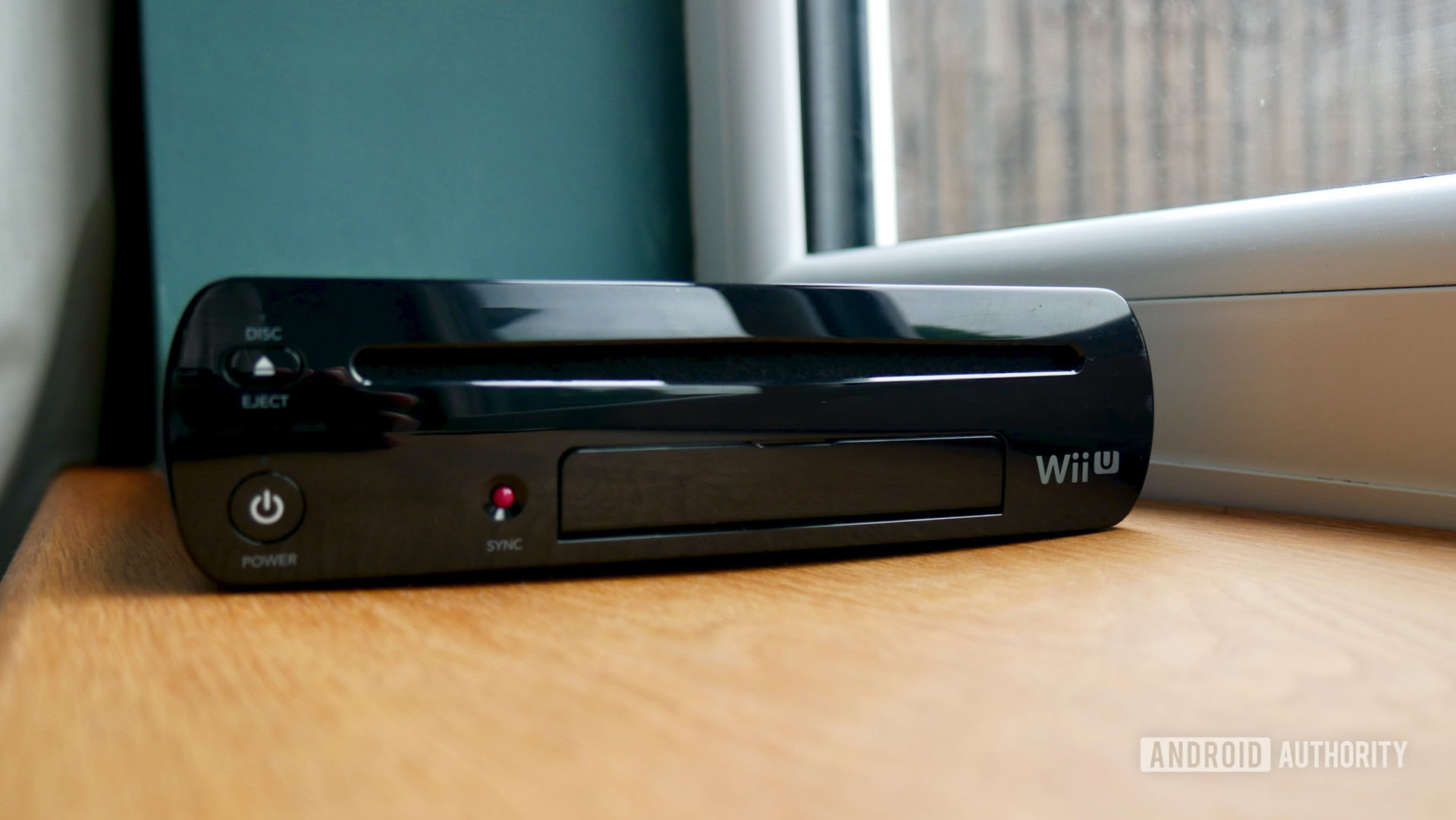
The Virtual Boy is a horrible failure
Nintendo would probably like to forget that the Virtual Boy ever happened. The 1995 console offered stereoscopic 3D visuals years before the 3DS would do the same. But the console proved to be a massive failure and was discontinued after less than a year.
A big part of its failure was the limited color palette, only displaying red and black colors that resulted in headaches being reported by consumers and reviewers. Then there was the weird head-mounted display, which was mounted on a stand and required you to put it on a table. No wonder it failed.
The Wii U stumbles and falls (hard)
Nintendo was fresh off the massive success of the Wii when it opted to release the radical Wii U console. Featuring a decent graphical bump over the Wii and a controller with an integrated screen, it felt like Nintendo was onto something really cool at first. And quite a few studios hopped aboard to support the machine.
But the Wii U stumbled out of the gate, and third-party developers gradually dialed back support for the console as a result. Toss in the Xbox One and PS4 out-shining Nintendo’s console, and it was a repeat of the GameCube all over again. Except the Wii U somehow sold fewer units than the purple cube.
JoyCon drift
When the Nintendo Switch was launched in March 2017, some owners quickly discovered an issue that became known as JoyCon Drift. To put it simply, the JoyCon analog stick would drift uncontrollably, meaning that an in-game character would move without you wanting to do so.
It was a disappointing flaw but what made it much worse was the fact that Nintendo didn’t make any real attempt to address the issue for a long time. It’s since revised the design of the Switch OLED variant’s JoyCon to combat this issue, but says the issue won’t ever go away as it’s related to wear-and-tear.
Other FAQs
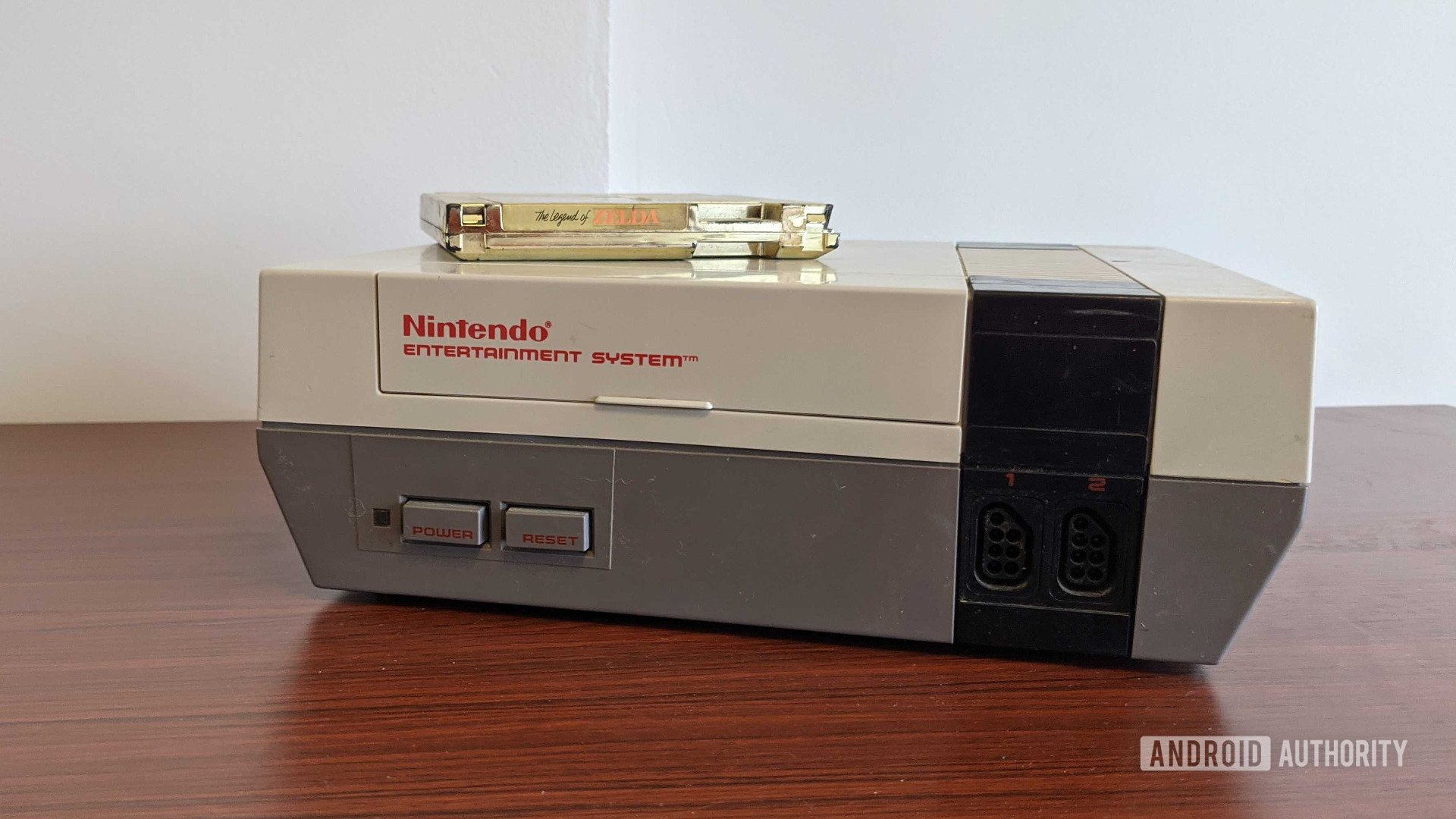
Q: Which Nintendo consoles are backwards compatible with older machines?
A: The NES, SNES, N64, GameCube, and Switch aren’t backwards compatible with older games (the NES was Nintendo’s first proper home console after all). Although in the case of the Switch, you can get a selection of NES, SNES, N64, and Sega Genesis games as part of a monthly subscription.
The Nintendo Wii plays GameCube discs and offers ports for GameCube memory cards and controllers, while also offering a variety of retro games for purchase and download (dubbed Virtual Console). Meanwhile, the Nintendo Wii U supports Wii discs, Wii remotes, and the older machine’s Virtual Console games.
Moving to the handheld arena, the Game Boy wasn’t backwards compatible as you’d expect. The Game Boy Color supported Game Boy titles, while the Game Boy Advance supported both Game Boy and Color titles. The Nintendo DS had a dedicated cartridge slot for GBA games, but wasn’t compatible with Game Boy/Color games. 2011’s Nintendo 3DS offered backward compatibility with DS cartridges.
Q: Does Nintendo have an all-you-can-eat service like Xbox Game Pass?
A: The company doesn’t have a full-fledged “Netflix for games” service like Xbox Game Pass, but it does offer a selection of retro games as part of its Nintendo Switch Online subscription plans. But those hoping for modern titles will largely be disappointed.
Q: Are Nintendo machines region-free?
A: The Nintendo DS and Switch are all region-free, while the rest of the company’s machines are region-locked. In other words, you’ll have to buy games for your console’s region if you’ve got anything other than a DS or Switch. But there are methods to bypass region-locking, such as the Freeloader disc for GameCube.
Q: Does the company support cross-platform gameplay?
A: The Switch does support the ability for people to play with people on other consoles or on PC. Games that support this option include Apex Legends, Fortnite, Minecraft, and Rocket League.
Q: Are Nintendo consoles better than PlayStation and Xbox machines?
A: From a technical point of view, Sony and Microsoft’s last three generations of consoles (Xbox 360 and higher, PS3 and higher) were more powerful than Nintendo’s last three home consoles. This power disparity wasn’t always the case though, as the GameCube was technically more powerful and easier to work with than the PS2, for one.
Aside from power, Sony and Microsoft’s consoles still enjoy better multimedia/app support than the Switch. So those who value streaming apps, web browsing, and local multimedia playback should consider an Xbox or PlayStation machine. But Nintendo has a very strong games library capable of duking it out with either rival, and that can’t be overstated.
